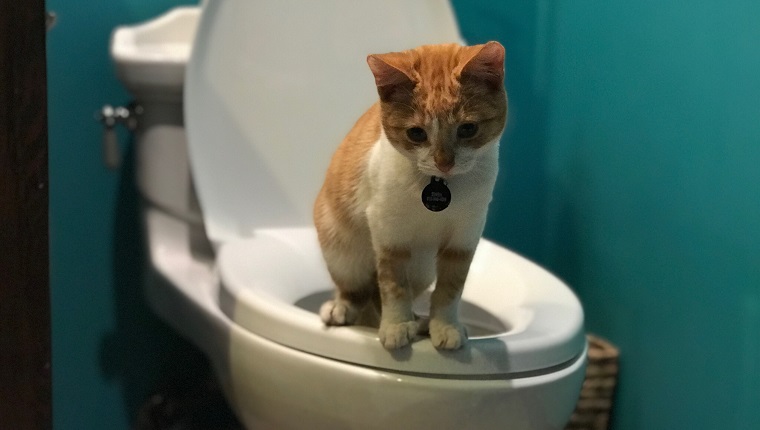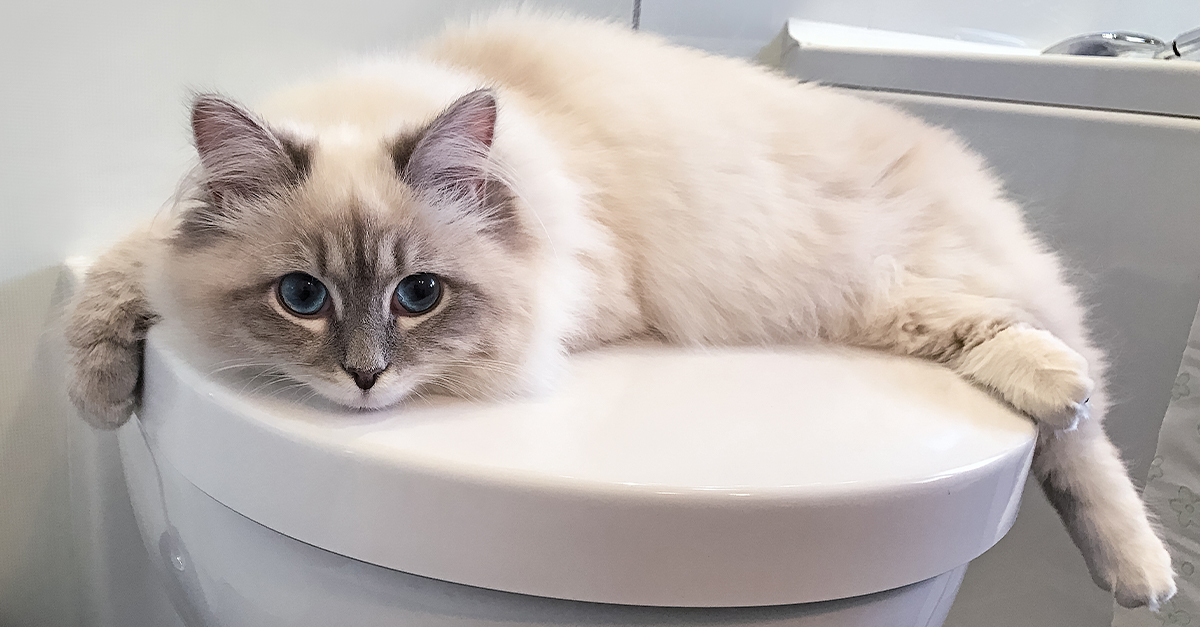Just how do you feel when it comes to Don’t flush cat feces down the toilet?

Introduction
As cat proprietors, it's vital to bear in mind exactly how we get rid of our feline buddies' waste. While it might appear convenient to purge feline poop down the commode, this method can have detrimental effects for both the environment and human wellness.
Environmental Impact
Purging pet cat poop presents unsafe pathogens and bloodsuckers into the water system, posing a considerable danger to water ecosystems. These impurities can negatively impact marine life and compromise water high quality.
Health and wellness Risks
Along with environmental issues, flushing cat waste can also pose health threats to human beings. Feline feces may contain Toxoplasma gondii, a parasite that can create toxoplasmosis-- a potentially severe ailment, specifically for expecting women and people with weakened body immune systems.
Alternatives to Flushing
Luckily, there are safer and extra accountable means to take care of feline poop. Take into consideration the following alternatives:
1. Scoop and Dispose in Trash
The most usual technique of getting rid of cat poop is to scoop it right into a biodegradable bag and toss it in the trash. Make certain to utilize a dedicated trash scoop and throw away the waste quickly.
2. Usage Biodegradable Litter
Opt for eco-friendly cat trash made from products such as corn or wheat. These litters are environmentally friendly and can be securely dealt with in the garbage.
3. Hide in the Yard
If you have a yard, think about hiding pet cat waste in a designated area far from veggie yards and water resources. Be sure to dig deep enough to avoid contamination of groundwater.
4. Set Up a Pet Waste Disposal System
Purchase a pet dog garbage disposal system especially designed for cat waste. These systems use enzymes to break down the waste, reducing odor and ecological influence.
Verdict
Liable family pet possession extends beyond providing food and shelter-- it likewise involves correct waste monitoring. By avoiding flushing cat poop down the commode and going with alternate disposal methods, we can minimize our ecological footprint and shield human health and wellness.
Why Can’t I Flush Cat Poop?
It Spreads a Parasite
Cats are frequently infected with a parasite called toxoplasma gondii. The parasite causes an infection called toxoplasmosis. It is usually harmless to cats. The parasite only uses cat poop as a host for its eggs. Otherwise, the cat’s immune system usually keeps the infection at low enough levels to maintain its own health. But it does not stop the develop of eggs. These eggs are tiny and surprisingly tough. They may survive for a year before they begin to grow. But that’s the problem.
Our wastewater system is not designed to deal with toxoplasmosis eggs. Instead, most eggs will flush from your toilet into sewers and wastewater management plants. After the sewage is treated for many other harmful things in it, it is typically released into local rivers, lakes, or oceans. Here, the toxoplasmosis eggs can find new hosts, including starfish, crabs, otters, and many other wildlife. For many, this is a significant risk to their health. Toxoplasmosis can also end up infecting water sources that are important for agriculture, which means our deer, pigs, and sheep can get infected too.
Is There Risk to Humans?
There can be a risk to human life from flushing cat poop down the toilet. If you do so, the parasites from your cat’s poop can end up in shellfish, game animals, or livestock. If this meat is then served raw or undercooked, the people who eat it can get sick.
In fact, according to the CDC, 40 million people in the United States are infected with toxoplasma gondii. They get it from exposure to infected seafood, or from some kind of cat poop contamination, like drinking from a stream that is contaminated or touching anything that has come into contact with cat poop. That includes just cleaning a cat litter box.
Most people who get infected with these parasites will not develop any symptoms. However, for pregnant women or for those with compromised immune systems, the parasite can cause severe health problems.
How to Handle Cat Poop
The best way to handle cat poop is actually to clean the box more often. The eggs that the parasite sheds will not become active until one to five days after the cat poops. That means that if you clean daily, you’re much less likely to come into direct contact with infectious eggs.
That said, always dispose of cat poop in the garbage and not down the toilet. Wash your hands before and after you clean the litter box, and bring the bag of poop right outside to your garbage bins.
https://trenchlesssolutionsusa.com/why-cant-i-flush-cat-poop/

I'm very interested in How to Dispose of Cat Poop and Litter Without Plastic Bags and I am hoping you appreciated the new page. Those who enjoyed our blog posting plz be sure to share it. Thanks so much for going through it.
Make An Appointment
Comments on “The Dangers of Flushing Cat Poop Down Your Toilet - Tips for Safer Handling”